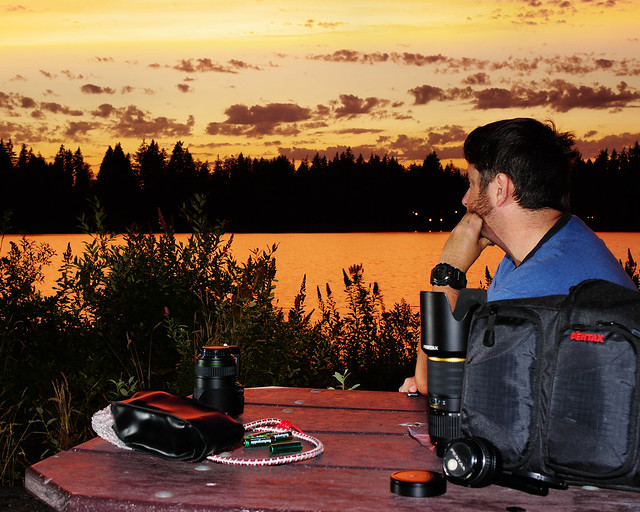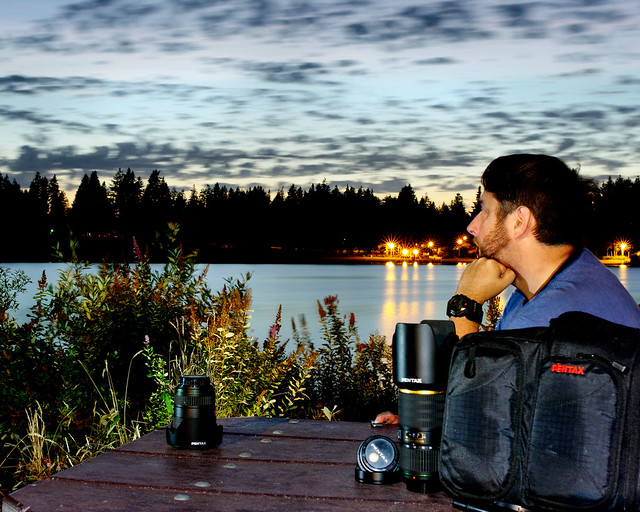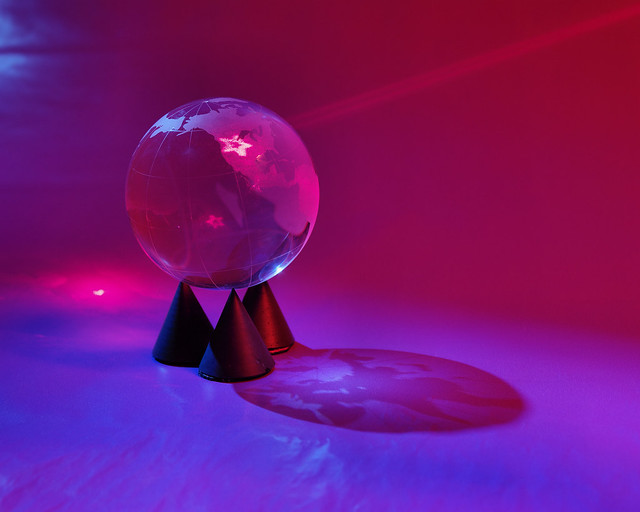Thanks again for the complement so here is some more.
This one is harder to explain although not necessarily harder to do. That is why I did not add it to the first group, as I don’t know if I can do it justice.
The long and the short, opposites that compliment in a flash.
Before I explain this I should probably make sure everyone is on the same page. With that in mind I will go into flash and how it interacts with shutter speed.
When a flash is triggered it all goes off in, well a flash. When a shutter on the DSLR opens it is a 2 part process. There are 2 shutters that both cover the sensor and are like curtains on a window. The 1st starts closed the other open. When the first shutter starts opening the second stays open. At some point it will follow the first. When the second curtain follows determines the stutter speed. If the second waits 1 second then the exposure is 1 second. If it waits 1/4000s then the exposure is 1/4000s but the first curtain can’t get to the other side that fast so both curtains are moving at the same time if the speed is faster then the curtains can move. This makes a slit as they move across the sensor. But a flash happens fast so if the shutters are a slit then only part of the sensor sees the flash. If the shutter speed is slow enough that both curtains are open at the same time then all of the sensor will see the flash not just a slit. The slowest speed that both shutter curtains are open and the flash can eliminate the entire sensor is called the flash sync speed.
Why this is important to long exposures is this. Change the aperture (or ISO) you affect all the light to the sensor but as long as you are below flash sync speed you have no affect on flash with the shutter only ambient light. If you want to control only the flash you have to do that on the flash.
In flash photography there is a term called “dragging the shutter”. This means using shutter speed less then flash sync speed. Usually the speeds are like 1/30-1/125s, handheld speeds. This is to balance the ambient to the flash. This makes the photo look more natural or to get the sunsets behind the subject.
Well you don’t have to just drag the shutter you can make it dig in its heels. These photos use multiple flash units but don’t let that get in the way. For this one is the same as many.
 DAZ_1763 | Flickr - Photo Sharing!
DAZ_1763 | Flickr - Photo Sharing!
Taken on August 15, 2008 at 8.44pm PDT
Camera Pentax K20D
Exposure 0.25 sec (1/4)
Aperture f/8
Focal Length 31 mm
ISO Speed 200
 DAZ_1767 | Flickr - Photo Sharing!
DAZ_1767 | Flickr - Photo Sharing!
Taken on August 15, 2008 at 8.50pm
Camera Pentax K20D
Exposure 0.7 sec (7/10)
Aperture f/8
Focal Length 31 mm
ISO Speed 200
 DAZ_1774 | Flickr - Photo Sharing!
DAZ_1774 | Flickr - Photo Sharing!
Taken on August 15, 2008 at 9.15pm
Camera Pentax K20D
Exposure 30 sec (30)
Aperture f/8
Focal Length 31 mm
ISO Speed 200
All of these use the same WB target. The color changes in the background are just from the changing light conditions. As you can see in the first 2 photos there is not much change in time, only about 6 minutes so the amount of light has changed only a little. All I am changing is the shutter speed to adjust for the change in ambient light. All triggered with an IR remote.
On the first 2 photos there was enough light to see with out tripping over things with out a flashlight but by the 3rd photo 30 minutes later it was so dark you could not see your feet. This is way into the blue hour and the 30s exposure give a nice blur to the clouds with lights reflecting on the water. Clouds are what make a sunset.
If in the 3rd photo the subject had dropped down out of the frame you would have had a ghost. This is not what I was looking for but it is some thing you can do if you want that look. It may have looked kind of cool, a person with the sunset shining though them.
One thing I did learned doing the last photo, a little stay ambient light with a long exposure can start to make itself known. There was a streetlight about 600 feet away. It started to cause problems so I had to shop at 30s. I used what I learned from that on the next photo.
 DAZ_2992F | Flickr - Photo Sharing!
DAZ_2992F | Flickr - Photo Sharing!
Camera Pentax K20D
Exposure 3 sec (3)
Aperture f/5.6
Focal Length 31 mm
ISO Speed 200
On this photo I used a longer exposure (and some Cinafoil) to make the laser visible and my hand invisible in a totally dark room. What you see in this photo is pretty much what the camera sees. PP was only for things like cropping and sharpening. Nothing was “Photoshopped” in.
I am almost afraid to ask but any questions?
DAZ


 Similar Threads
Similar Threads 









 ...
...



 Post #5 by DAZ
Post #5 by DAZ








